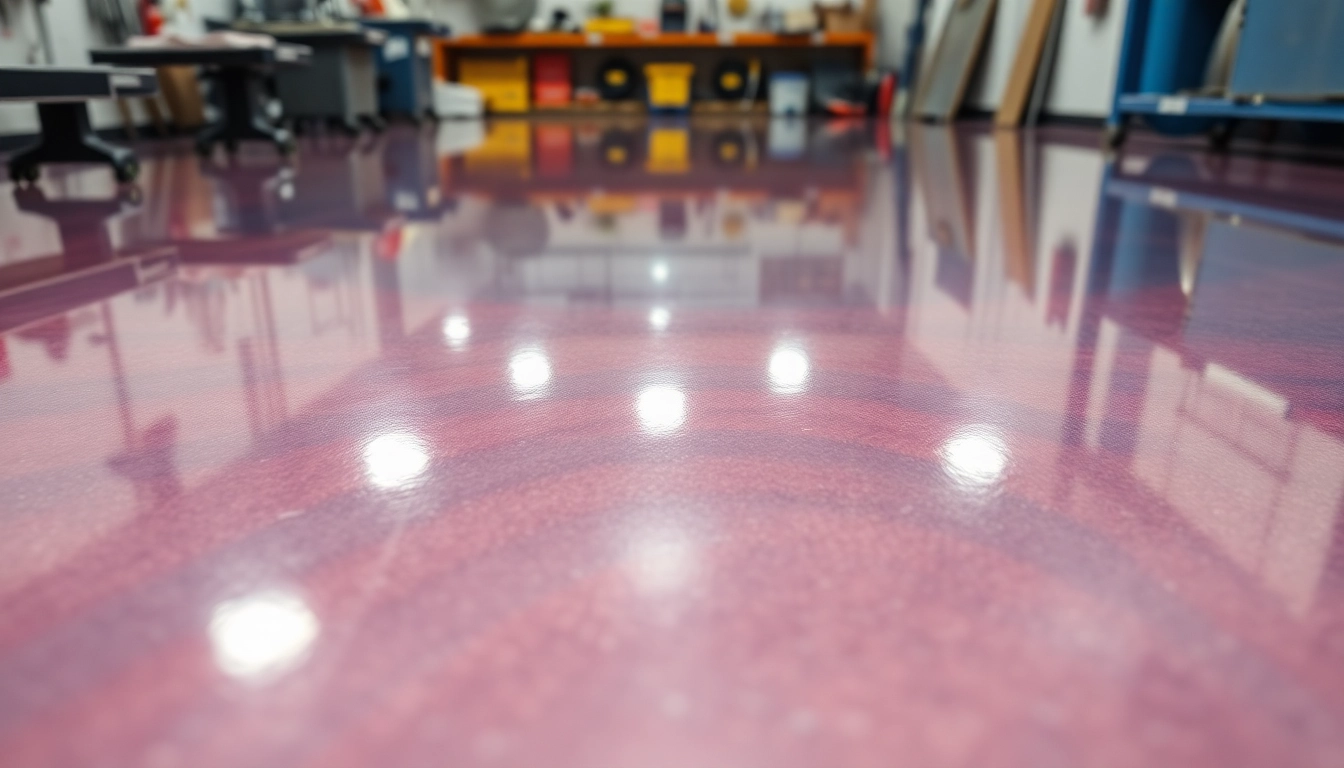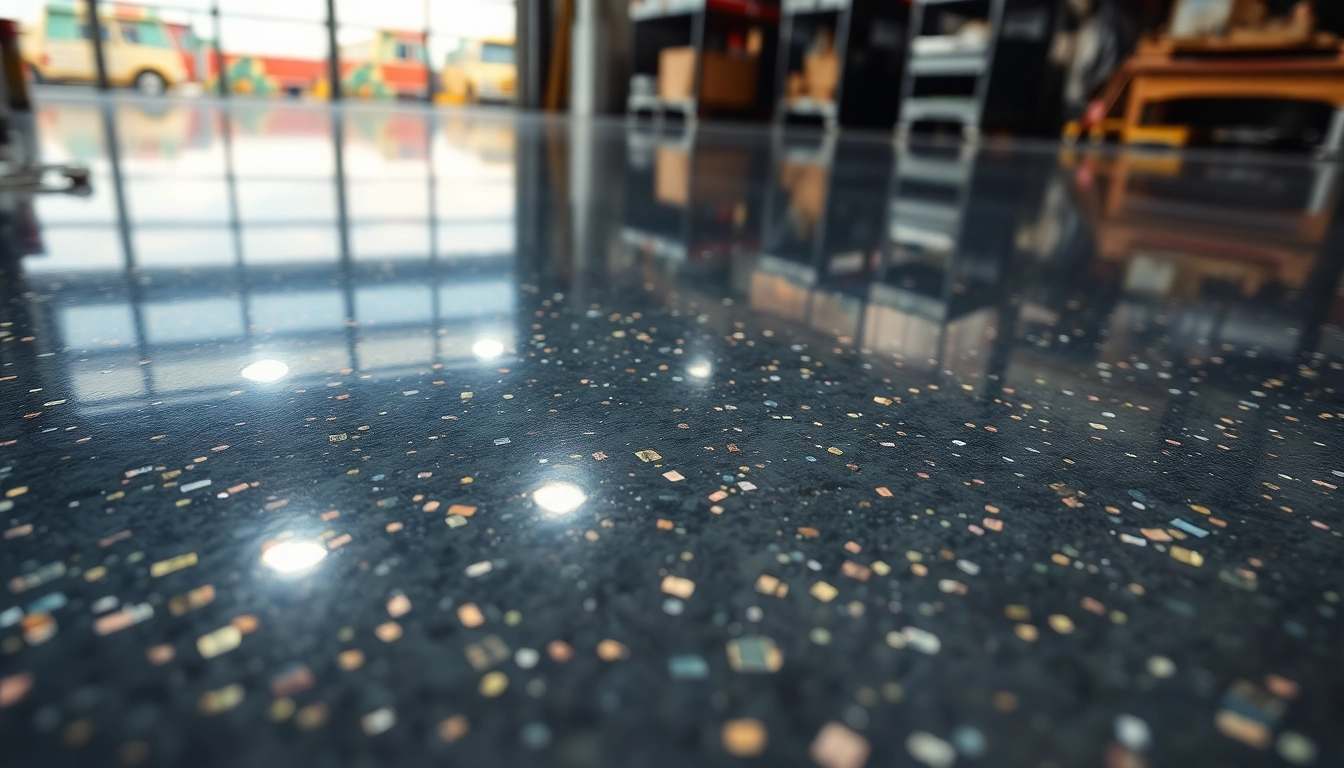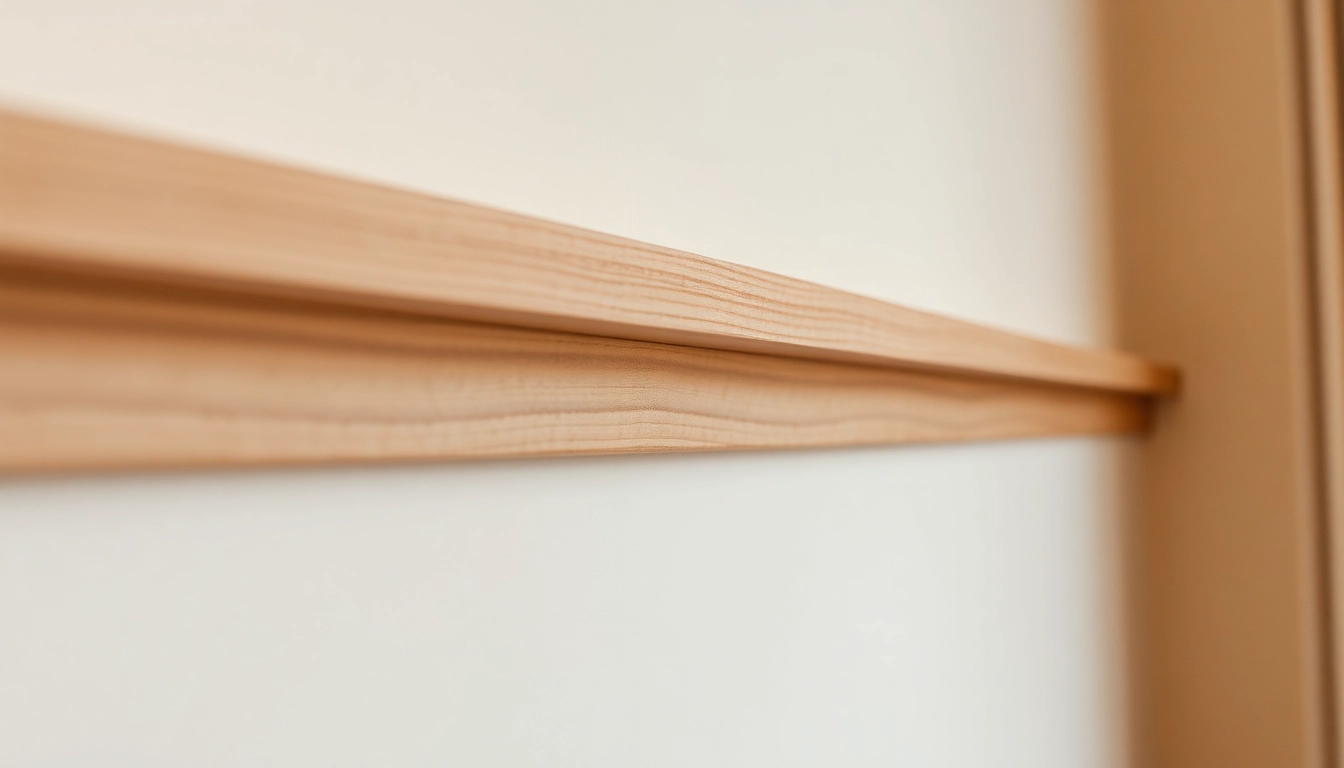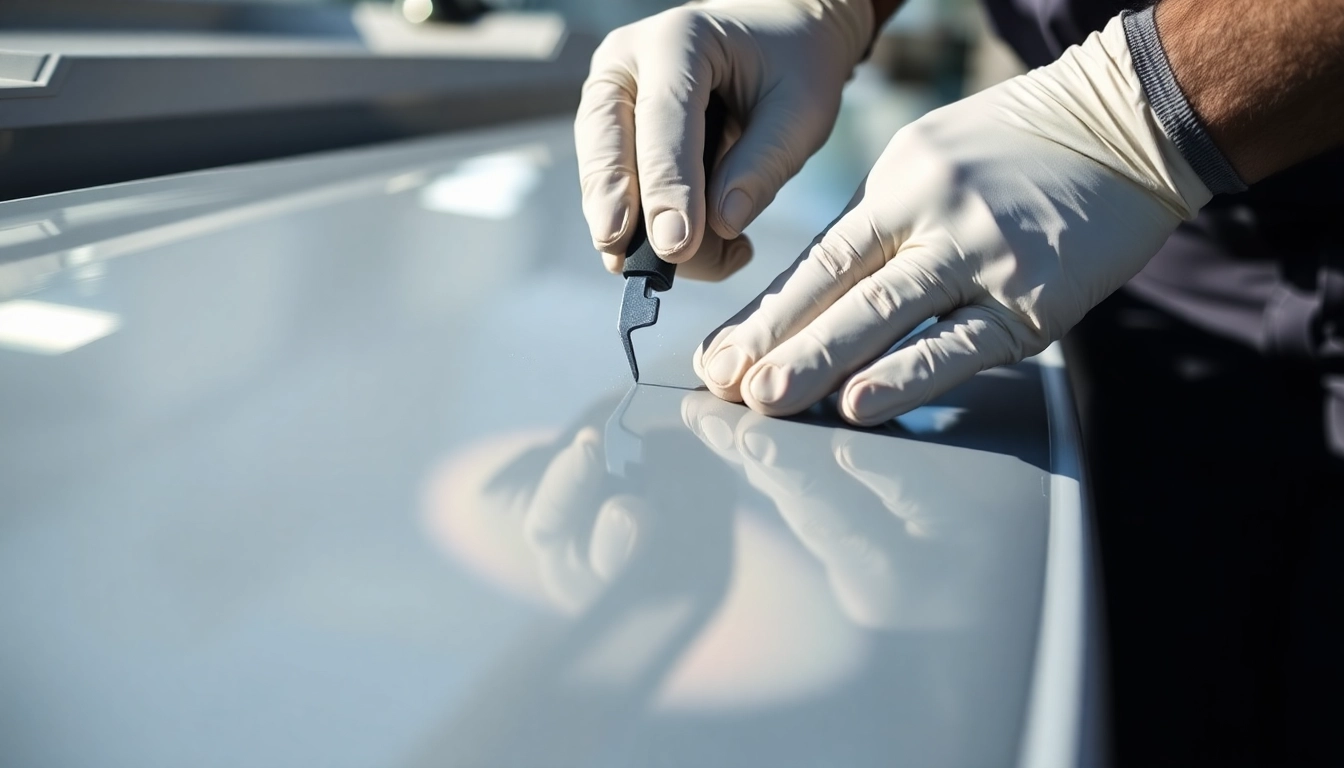Understanding Epoxy Resin Floors: Benefits and Applications
Epoxy resin floors have become an increasingly popular choice for a wide range of commercial, industrial, and residential settings. Their superior durability, aesthetic flexibility, and low maintenance requirements make them an ideal flooring solution for spaces that demand both form and function. If you’re considering upgrading your flooring to an epoxy resin system, it’s essential to understand what makes these floors so advantageous and how they can be tailored to meet specific needs.
An epoxy resin floor combines a resin and hardener to create a seamless, high-performance surface that bonds intimately with the substrate. This seamless nature eliminates gaps and crevices where dirt and bacteria can accumulate, fostering a healthier environment. From car garages and commercial warehouses to stylish retail outlets and modern basements, epoxy floors provide unparalleled resilience and customization options.
What Makes an Epoxy Resin Floor the Ideal Choice for Modern Spaces?
Epoxy resin floors are distinguished primarily by their exceptional durability. They provide resistance against chemical spills, abrasions, impacts, and even UV exposure when properly formulated. Additionally, their design versatility allows for aesthetic customization, enabling synergy with interior decor while maintaining high-performance standards. The self-leveling properties ensure an even, smooth finish, creating an impression of professionalism and quality.
Common Industries Using Epoxy Resin Floors and Why
Numerous industries leverage epoxy flooring for its proven benefits. Automotive garages and workshops utilize epoxy for its chemical and impact resistance, safeguarding expensive tools and machinery. Warehousing and logistics facilities benefit from its high load-bearing capacity and ease of cleaning, facilitating rapid turnover and safety compliance. Food processing plants and laboratories depend on the sanitary qualities of epoxy to prevent contamination. Retail spaces and commercial showrooms harness its decorative potential for branding and aesthetic appeal. The versatility and robustness of epoxy resin floors make them a staple across sectors that demand high standards of safety, hygiene, and durability.
Key Features: Durability, Aesthetics, and Low Maintenance
Durability is at the core of epoxy resin flooring’s appeal, offering resistance to mechanical wear, chemicals, and environmental conditions. Aesthetically, epoxy surfaces can be customized with various colors, textures, and decorative effects, transforming ordinary concrete into stunning visual statements. Furthermore, their low-maintenance nature means routine cleaning involves just sweeping and mopping, with occasional resealing if necessary, which significantly reduces long-term costs.
Design Options and Customization for Epoxy Resin Flooring
Color Variations and Decorative Effects
One of the compelling advantages of epoxy resin floors is their extensive design flexibility. They can be pigmented with a broad spectrum of colors, enabling precise coordination with branding themes or interior palettes. Decorative effects such as metallic finishes, quartz aggregates, and flake systems create sophisticated visuals reminiscent of marble, terrazzo, or even abstract art. These designs not only enhance aesthetics but also improve safety by incorporating contrasting hues for delineating walkways or hazard zones.
Textures and Finishes: Matte, Glossy, and Slip-Resistant
Surface texture options further expand customization. Glossy finishes highlight vibrant colors and give a sleek, modern look, ideal for retail environments or showrooms. Matte finishes generate a softer, less reflective surface, reducing glare and making spaces more comfortable for prolonged use. For areas prone to spills or moisture—such as kitchens or industrial floors—slip-resistant additives can be incorporated into the epoxy layer, providing safer walkways without compromising on style.
Incorporating Logos and Patterns into Epoxy Floors
Advanced stencil and masking techniques enable the integration of logos, patterns, or bespoke images directly into the epoxy surface. Business logos embedded into the floor reinforce branding, particularly in retail or corporate settings. Geometric patterns or directional arrows can enhance space organization and guide foot traffic effectively. These detailed features require careful planning and professional expertise but yield an impactful, personalized finish that elevates the entire environment.
Step-by-Step Guide to Installing Epoxy Resin Floors
Preparation and Surface Cleaning for Optimal Adhesion
The foundation of a successful epoxy floor begins with meticulous surface preparation. Concrete substrates must be thoroughly cleaned to remove dirt, grease, oil, and any existing coatings. Mechanical methods such as shot blasting, grinding, or acid etching create a roughened surface that promotes bonding. Moisture testing ensures the substrate’s dryness aligns with epoxy application requirements, preventing future issues like delamination or bubbling.
Mixing and Application Techniques for a Flawless Finish
Proper mixing ratios of resin and hardener are critical for optimal curing and performance. Use clean, calibrated tools and follow manufacturer instructions precisely. Apply the epoxy using rollers, squeegees, or spray techniques, depending on the scale and design. For decorative floors, multiple layers—such as base color, decorative flakes, and topcoat—are added sequentially, with adequate curing time between each step. Employing temperature control during application enhances flowability and reduces the risk of imperfections like bubbles or streaks.
Curing Time and Post-Application Care
The curing process varies based on product formulation and ambient conditions but generally spans 24-72 hours for initial set, with full curing taking up to a week. During this period, maintain optimal temperature and humidity levels. After curing, the surface can be used for light foot traffic; full chemical and impact resistance develop over time. Post-application care involves regular cleaning with non-abrasive agents and checking for any minor damages that may require repairs.
Maintaining and Repairing Your Epoxy Resin Floor
Cleaning Tips to Preserve the Shine and Integrity
Routine maintenance extends the lifespan of epoxy floors. Sweep regularly to remove debris, followed by damp mopping with pH-neutral cleaners. Avoid harsh chemicals and abrasive scrubbers that can dull the finish or damage the surface. For stubborn stains or residues, soft cloths and gentle cleaners are recommended. Applying a periodic topcoat or a floor polish can restore shine and reinforce surface properties, maintaining the aesthetic appeal over time.
Common Issues and How to Fix Them
Despite their robustness, epoxy floors can encounter issues such as surface cracks, bubbling, or delamination. Cracks may result from substrate movement or improper curing; filling with epoxy or specialized crack repair compounds is effective. Bubbles often form due to moisture or rapid curing; sanding and recoating may be necessary. Surface peeling can be mitigated through proper prep and adhesion promoters during installation. Timely repairs preserve the integrity and appearance of the floor, preventing more extensive damage.
Long-Term Maintenance for Maximum Longevity
Long-term care involves periodic inspections for signs of wear or damage. Maintaining a controlled environment minimizes substrate expansion or contraction that could lead to cracks. Implementing protective pads beneath heavy equipment reduces indentation risks. When properly maintained, epoxy resin floors can last 10-20 years or more, delivering sustained value and performance.
Cost, Sustainability, and Choosing the Right Epoxy System
Budgeting for Your Epoxy Resin Floor Project
Cost considerations vary according to the size of the area, type of epoxy selected, and complexity of design. Basic kits may start at around $60 per gallon, suitable for small or straightforward applications. Premium, decorative, or industrial-grade systems can cost significantly more, reflecting advanced features such as UV stability or enhanced chemical resistance. When planning your budget, include costs for surface prep, professional installation, curing time, and ongoing maintenance.
Eco-Friendly Options and Low VOC Formulations
Environmental impact is an important factor for many clients. Fortunately, low VOC (Volatile Organic Compound) epoxies and plant-based formulations are now available. These options emit fewer fumes during application, reduce health risks, and are suitable for indoor environments. Selecting eco-friendly products supports sustainability goals without compromising durability or aesthetic quality.
Selecting the Best Epoxy System for Your Specific Needs
Choosing the ideal epoxy system depends on your application’s demands. High-traffic commercial floors require ultra-durable, chemical-resistant formulations. Residential garages or basements prioritize aesthetics and ease of maintenance. If UV exposure is a concern, UV-stabilized variants prevent yellowing and degradation. Consulting with a professional ensures the system selected aligns with your specific needs, budget, and environmental considerations for optimal long-term results.











